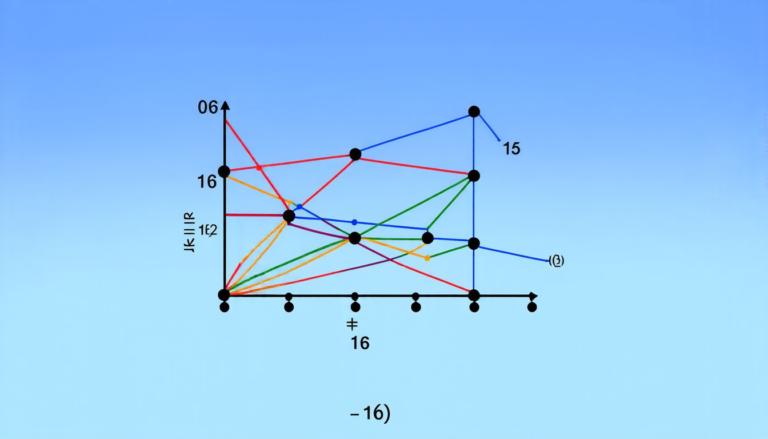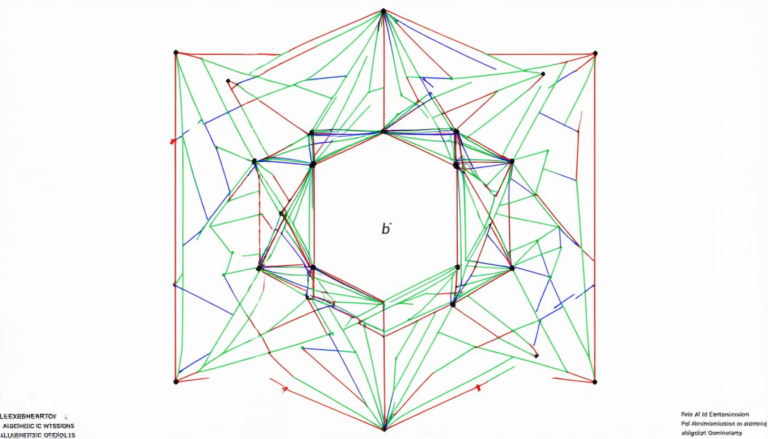Wednesday 16 April 2025
The pursuit of understanding and describing complex geometric shapes has been a longstanding challenge in mathematics. Recently, researchers have made significant progress in this area by developing new methods for decomposing the identity matrix into a sum of rank-one matrices. This breakthrough has far-reaching implications for various fields, including convex geometry, functional analysis, and optimization theory.
The research team, led by Fernanda Baêta, used advanced mathematical techniques to tackle the problem of constructing a decomposition of the identity matrix. They focused on log-concave functions, which are a specific type of function that has a unique property: its graph is always above or below the x-axis. By applying this concept to the study of convex bodies, the team was able to develop a new method for decomposing the identity matrix.
The decomposition process involves breaking down the identity matrix into smaller components, each representing a different aspect of the geometric shape. The researchers achieved this by using a combination of mathematical tools and techniques, including functional analysis and optimization theory. They also developed new algorithms and computational methods to solve the complex equations involved in the decomposition process.
One of the key findings of the study is that the decomposition process can be applied to any convex body, regardless of its shape or size. This has significant implications for various fields, including engineering, physics, and computer science. The research team’s method can be used to analyze and understand complex geometric shapes in a more efficient and effective way.
The study also highlights the importance of functional analysis in understanding and describing complex geometric shapes. Functional analysis is a branch of mathematics that deals with the study of functions and their properties. In this context, the researchers used functional analysis to develop new methods for decomposing the identity matrix.
In addition to its practical applications, the research has significant theoretical implications for our understanding of convex geometry and functional analysis. The study sheds light on the intricate relationships between these two fields and highlights the importance of interdisciplinary approaches in mathematics.
The team’s findings have the potential to revolutionize various fields, including engineering, physics, and computer science. By providing new methods for decomposing complex geometric shapes, the research can be used to develop more efficient algorithms and computational tools. It also opens up new avenues for research in convex geometry and functional analysis, allowing mathematicians and scientists to explore new ideas and theories.
Overall, the study represents a major breakthrough in our understanding of complex geometric shapes and their properties.
Cite this article: “Unveiling the Secrets of Johns Ellipsoid: A Functional Approach to Convex Optimization”, The Science Archive, 2025.
Geometric Shapes, Convex Geometry, Functional Analysis, Optimization Theory, Decomposition, Identity Matrix, Log-Concave Functions, Mathematical Techniques, Algorithms, Computational Methods
Reference: F. M. Baêta, “Constructive Decompositions of the Identity for Functional John Ellipsoids” (2025).







